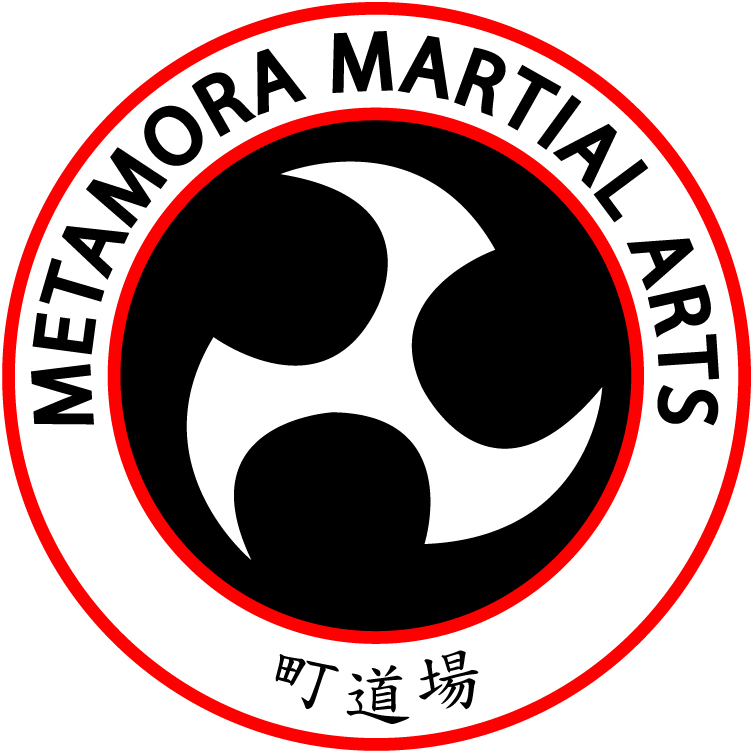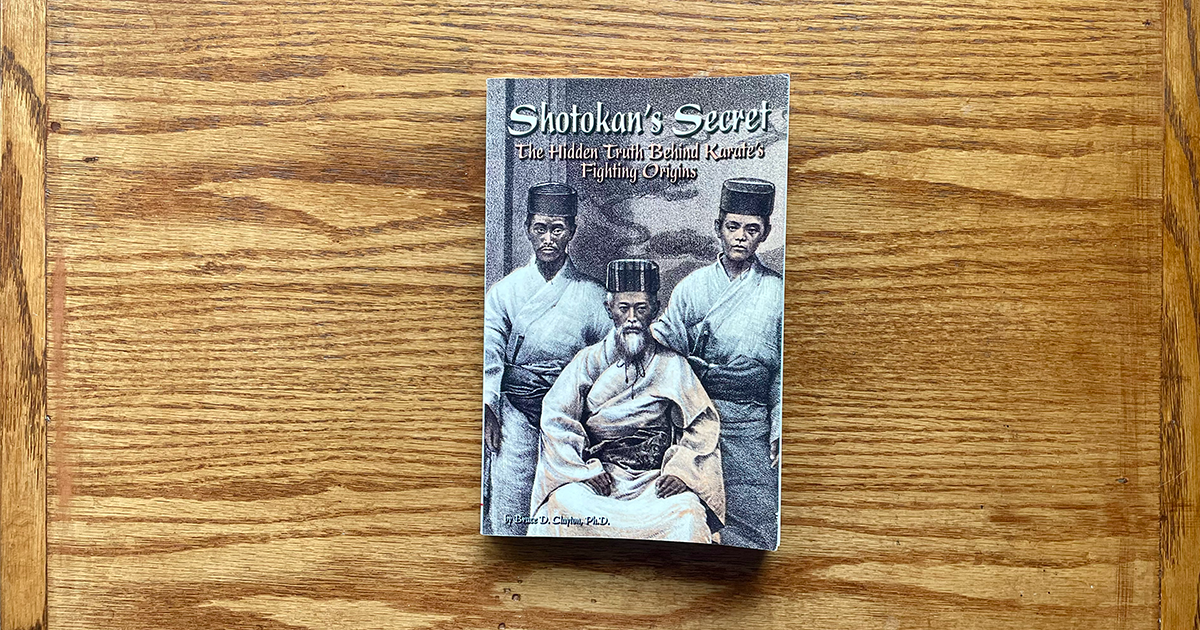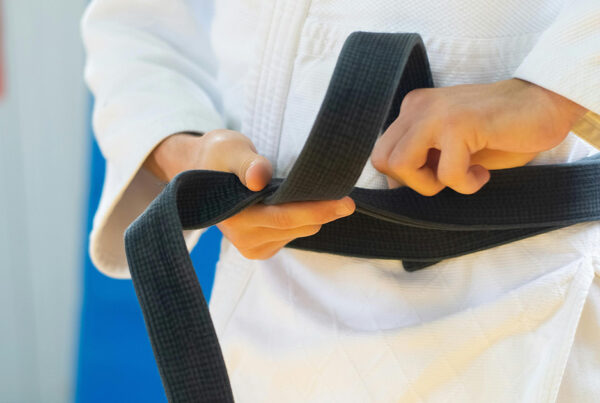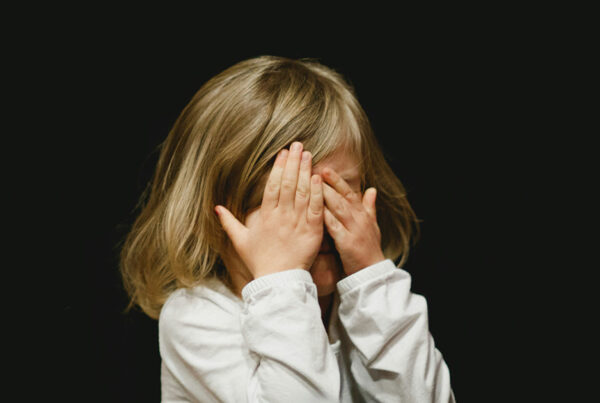A book I’d highly recommend to our students or anyone looking to learn more about the history of karate is “Shotokan’s Secret: The Hidden Truth Behind Karate’s Fighting Origins” by Bruce Clayton, Ph.D.
Clayton explores Shotokan karate’s historical and practical origins, delving into the martial art’s development and underlying principles.
Even though we practice shinmei shorin-ryu karate, we share much of the same lineage and katas with Shotokan.
Karate Developed With Significant Historical Context
Clayton provides an in-depth examination of the history of Shotokan karate, tracing its roots back to Okinawan martial arts and further to Chinese martial arts influences.
He explores how historical events influenced the art, such as …
- The Satsuma invasion of 1609 in which Japanese samurai massacred native Okinawans prohibited the use of weapons in Okinawa.
- The Japanese expedition of Commodore Matthew Perry, who was dispatched by the U.S. government to find out why shipwrecked Americans were treated badly when their ships wrecked in Japanese waters.
- The rapid industrialization of Japan and the introduction of karate into the school system.
- World War 2.
He also examines cultural exchanges between Okinawans and the Chinese, particularly as a result of trade between the two nations.
For instance, the kusanku kata comes to us through Tode Sakugawa, who created the kata to honor his teacher, Kong Su Kung. Kusanku evolved into kanku sho and kanku dai, and is the model from which the Pinan katas come.
Understanding Karate’s Key Players
Clayton’s chief argument is that karate developed primarily as a means to protect the Okinawan king.
He spends considerable time discussing how the masters worked as bureaucrats for the Okinawan regime, but also were the Secret Service of their time—in other words, they were contemporaries and coworkers.
Clayton paints pictures of the likes of Tode Sakugawa, Bushi Matsumura, Yatsusune Itosu, and more. Using historical documents, clues, and some creative freedom, he portrays his views of these folks and what their lives might have looked like in the 1700s and 1800s, and how that helped shape the karate of today.
Analyzing Karate Katas
Clayton methodically lays out Okinawan karate katas.
In this book, he argues that katas developed centuries ago as a means to protect the king in the event of another invasion or attempted kidnapping or murder of the king.
For these reasons, he suggests that kata include techniques for extraction, reaction, retreat, and abduction.
He specifically references three katas—kusanku, naihanchi, and chinto—to look at what was added and discarded in each kata.
For instance, he says the kata discards pressure points and submission techniques because they would take too much time and be ineffective when trying to protect the king. Instead, he says kata prefers brute force to stun or kill an enemy.
Clayton includes segments from several kata and explores bunkai related to the Pinan katas, kusanku, passai, and more.
A Model For Today
As karate has evolved from bodyguard techniques, Clayton suggests we need to reanalyze kata and put them in context with today’s threats.
He points out that some kata don’t have bunkai (technique analysis) and that some view kata as essentially choreographed routines designed for fitness: This is the rationale sold to Japanese higher-ups so that karate could be included in physical education classes in the 1900s.
However, Clayton thinks we can take these centuries-old kata and recontextualize them for today’s threats, such as:
- Resisting simple and armed assaults, rape, abduction, and home invasion.
- Performing an arrest or rescue.
- Attacking vital points.
- Using weapons.
- Incorporating ground fighting.
- Knowing modern laws.
He looks at various aspects of karate to demonstrate how we can bring old-school karate into today.
Overall Recommendation: Read This Book
This book is an interesting read because its history and background add to the physical movements we practice so often in class and at home.
It gives us a better understanding about what could’ve spawned the development of modern karate using real-life events.
Whether you believe the arguments in this book is up to you—and at least one renowned karate expert rejects the bodyguard theory—but it’s at least food for thought.
NOTE: There is an expanded edition from 2010, but I have the 2004 version.




